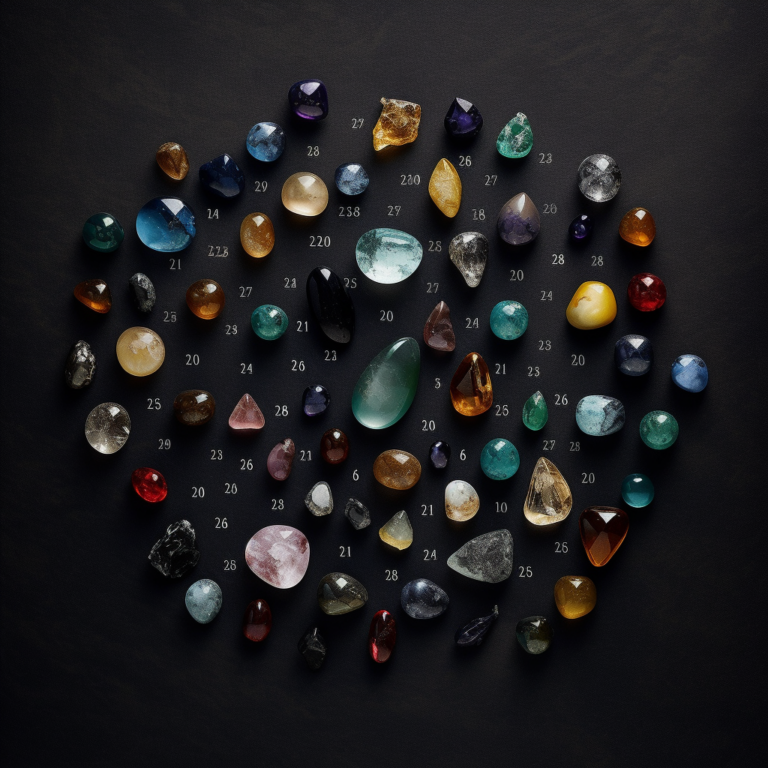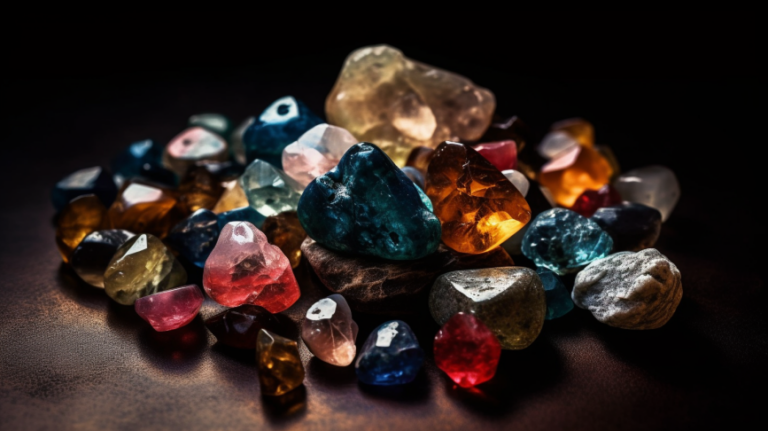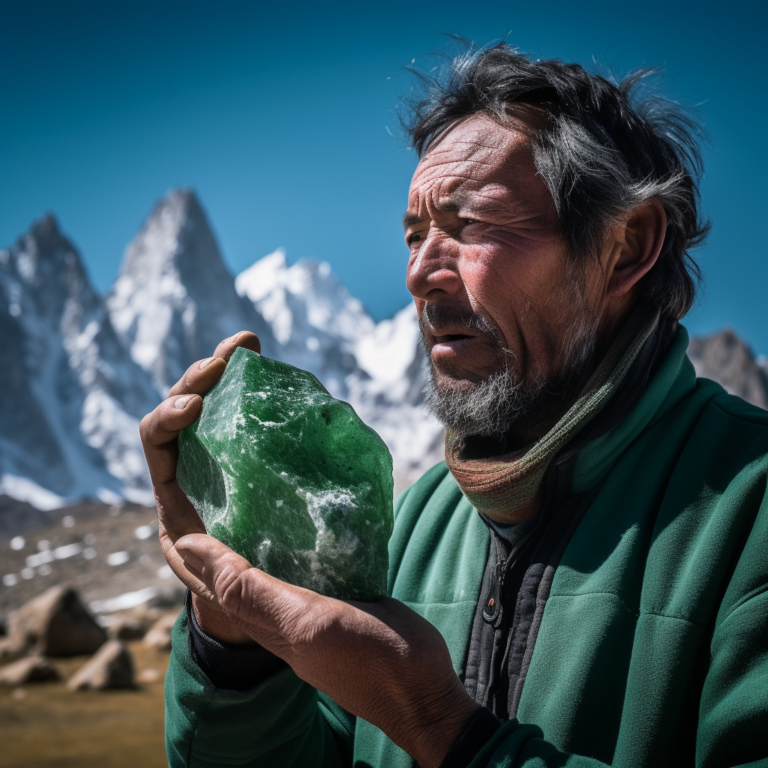Exploring the Fascinating History of Birthstones
Birthstones have long been a captivating aspect of our lives, offering a unique and personal touch to our style. These vibrant gems hold significant meaning and symbolism, making them an ideal gift option for loved ones. But have you ever wondered how these stones came to be associated with our birth months and their importance in personal well-being?
Biblical Origins: Aaron’s Breastplate
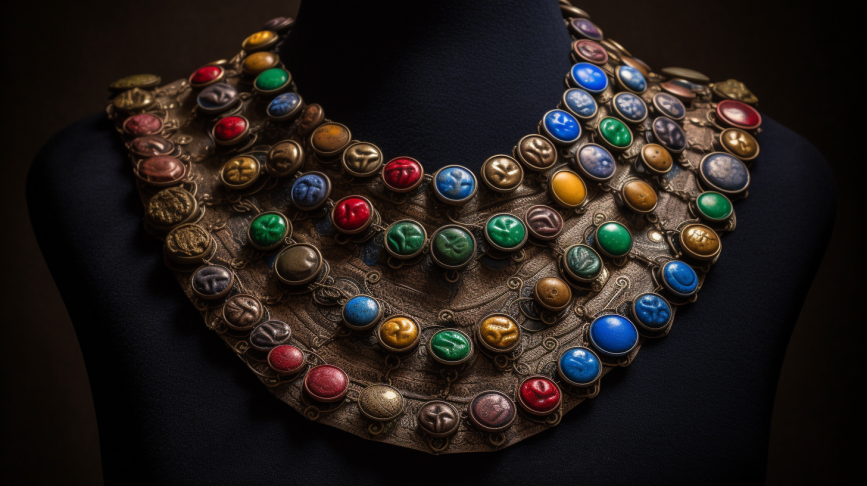
The tradition of birthstones dates back to the ancient times, where it’s believed to have originated from the Book of Exodus. Aaron, the high priest, wore a breastplate adorned with 12 colorful stones representing the 12 tribes of Israel. Could this be the beginning of the birthstone tradition we know today?
As the centuries passed, the 12 stones of Aaron’s breastplate were linked with the 12 months of the year and the 12 zodiac signs. This connection sparked discussions and interpretations, giving birth to the concept of wearing a particular gemstone during its corresponding month.
Influence of St. Jerome and Early Christians
In the 5th century, historian St. Jerome played a significant role in popularizing birthstones among Christians, encouraging their use for spiritual purposes. This led to the creation of extravagant belts, bracelets, and other ornaments adorned with all 12 stones. But how exactly did these customs evolve into the modern birthstone traditions we follow today?
The answer lies in the 8th and 9th centuries, when people began owning a collection of all the jewels, but only wore a single stone during its corresponding month, believing it to possess heightened powers. It wasn’t until the 16th century in Germany or Poland that the modern tradition of wearing one’s birthstone started to take shape.
Hindu Traditions and Their Impact on Western Customs
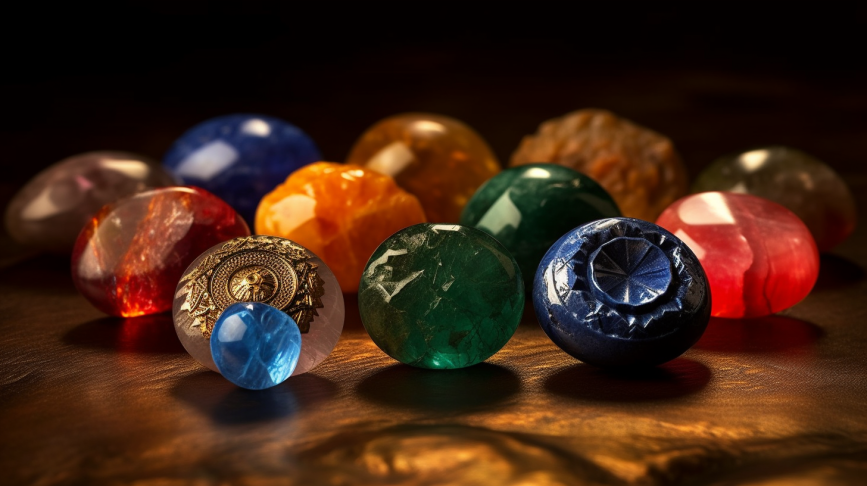
The concept of associating gemstones with birth months and mystical powers can also be found in Hindu traditions, most likely influencing Western customs. The Navagraha system, for instance, connects nine gemstones to celestial bodies in Hinduism.
The exchange of ideas and customs between the East and West led to a fascinating fusion of beliefs surrounding birthstones. As a result, various traditional and alternative birthstone lists emerged, offering a wide range of gemstone options for individuals to choose from.
The Creation and Evolution of Birthstone Lists
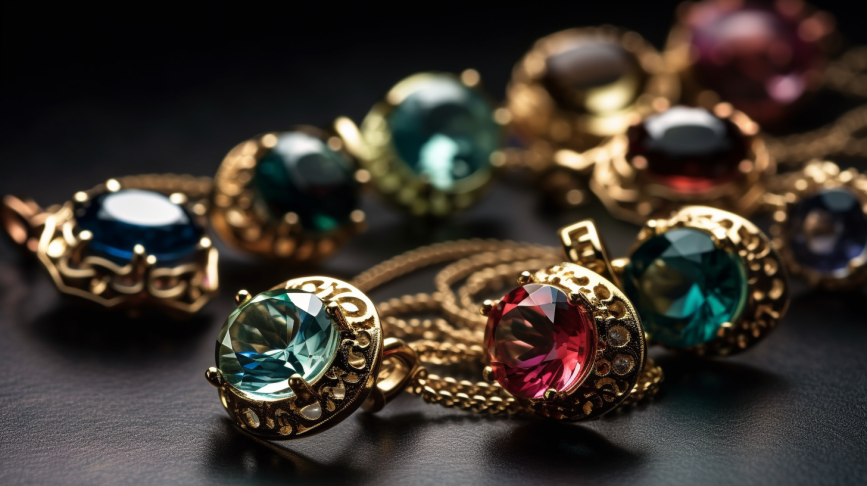
In 1912, the National Association of Jewelers established the standardized list of American birthstones, assigning specific gemstones to each month. This modern list coexists with the traditional birthstone list, which includes gems historically associated with each month.
Over time, several alternative birthstone lists emerged, based on factors such as astrological signs, guardian angels, seasons, and even birth hours. These various lists cater to different preferences and beliefs, allowing people to find the perfect gemstone that represents them.
The Connection Between Birthstones and Astrology
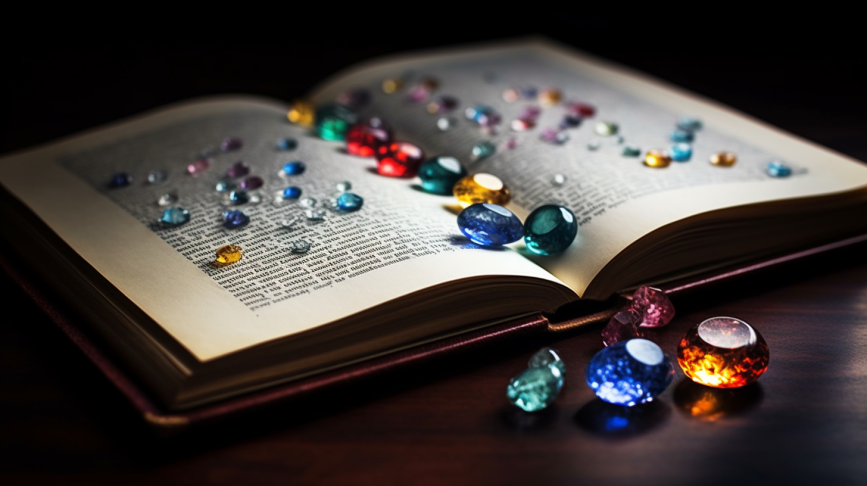
The 12 stones in Aaron’s breastplate have long been associated with the zodiac signs, sparking interpretations and discussions throughout history. Though modern birthstone lists may not directly correlate with the breastplate or the Foundation Stones of Christianity, their ties with astrology remain evident.
Today, people continue to explore the relationship between birthstones and astrology, seeking to unravel the deeper meanings and properties of these colorful gems. The enduring appeal of birthstones in personal style and well-being demonstrates the timeless fascination we have with these beautiful gemstones.
Hindu Traditions and Their Impact on Western Customs
Hindu traditions have also played a notable role in shaping Western customs surrounding birthstones. In Hinduism, birth months are associated with mystical powers, and this notion has fascinatingly influenced birthstone customs in the West. One example is the Navagraha, a system in Hinduism that links nine gemstones with celestial bodies.
These Eastern practices have contributed to the development and popularity of birthstone customs in the West, showcasing the interconnectedness of our world’s diverse cultures and beliefs.
The Symbolism and Significance of Each Birthstone

Each month has its own unique birthstone (or stones) that carry symbolic meanings and associated properties. Here’s a list of birthstones for each month:
- January: Garnet
- February: Amethyst
- March: Aquamarine
- April: Diamond
- May: Emerald
- June: Pearl, Moonstone, or Alexandrite
- July: Ruby
- August: Peridot (modern), Sardonyx (traditional), or Spinel (alternative)
- September: Sapphire
- October: Opal or Tourmaline
- November: Citrine or Topaz
- December: Turquoise, Tanzanite, or Zircon
The enduring appeal of birthstones in personal style and well-being signifies their continued relevance in our lives. Wearing these vibrant gems not only enhances our style but also connects us to centuries of fascinating history, culture, and symbolism.
So, whether you’re searching for the perfect gift or looking to add a touch of personal flair to your wardrobe, birthstones offer a meaningful and vibrant solution. Are you ready to discover the power and enchantment of your own birthstone?
Frequently Asked Questions
What are birthstones and how did they originate?
Birthstones are vibrant gems that are associated with each month of the year, holding significant meaning and symbolism. They are believed to have originated from Aaron’s breastplate, which had 12 colorful stones representing the 12 tribes of Israel. Over time, these stones were linked to the 12 months of the year and the 12 zodiac signs.
How did St. Jerome contribute to the popularization of birthstones?
St. Jerome, a 5th-century historian, played a crucial role in popularizing birthstones among Christians. He encouraged their use for spiritual purposes, which led to the creation of belts, bracelets, and other ornaments adorned with all 12 stones.
How did Hindu traditions influence Western birthstone customs?
Hindu traditions, such as the Navagraha system, connected gemstones with celestial bodies and mystical powers. The exchange of ideas between Eastern and Western cultures contributed to the fascinating fusion of beliefs surrounding birthstones and influenced the development of Western birthstone customs.
How did the modern birthstone lists come about?
The modern birthstone list was established in 1912 by the National Association of Jewelers. This standardized list assigns specific gemstones to each month and coexists with the traditional birthstone list, which includes gems historically associated with each month. Over time, alternative birthstone lists based on various factors like astrology and guardian angels have also emerged.
What is the connection between birthstones and astrology?
The 12 stones in Aaron’s breastplate have long been associated with the zodiac signs, sparking interpretations and discussions throughout history. Today, people continue to explore the relationship between birthstones and astrology, seeking to understand the deeper meanings and properties of these colorful gems.


